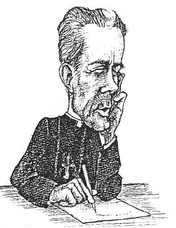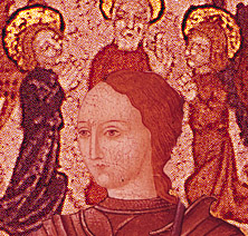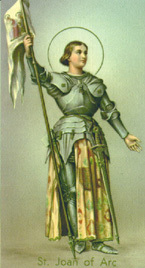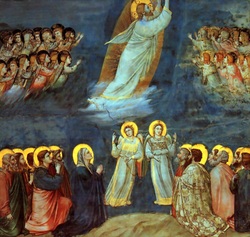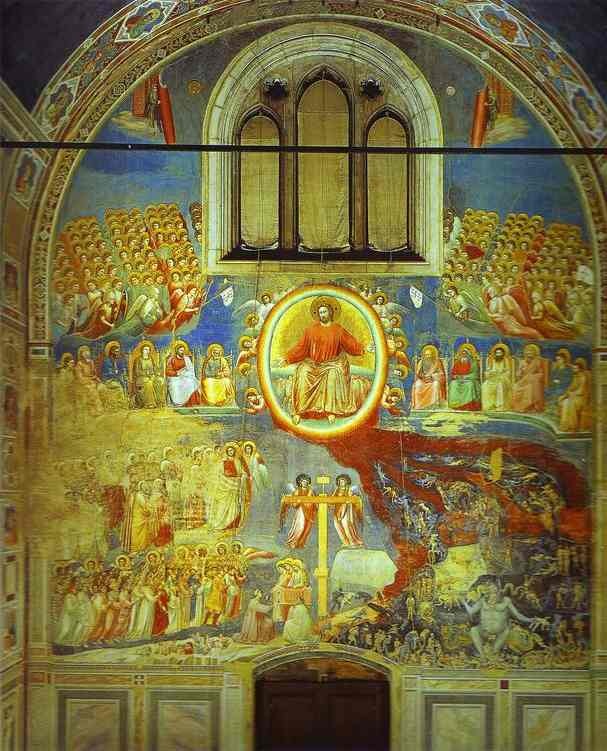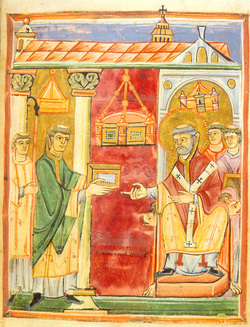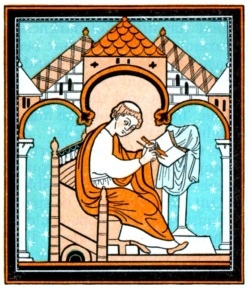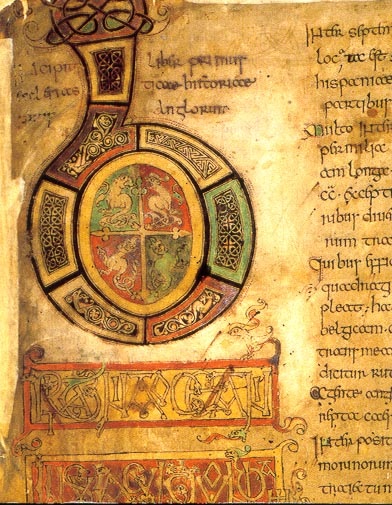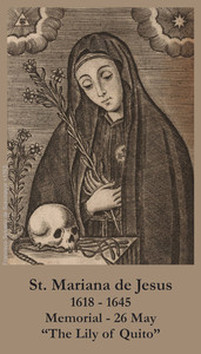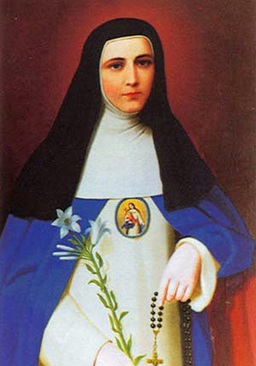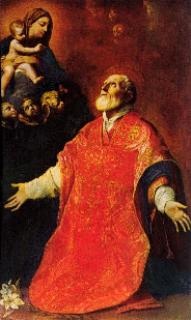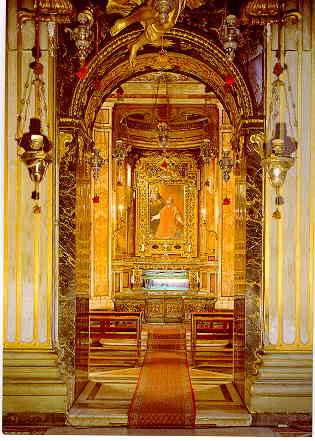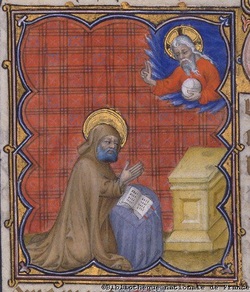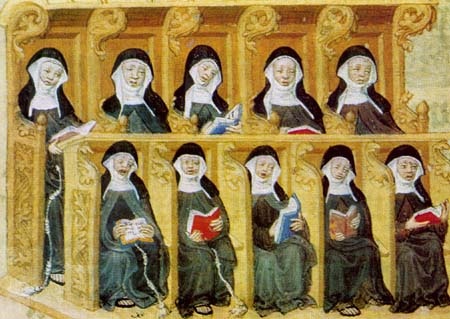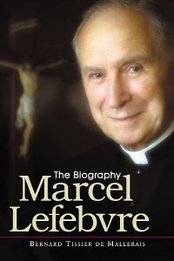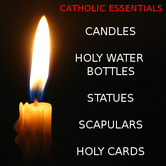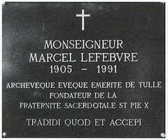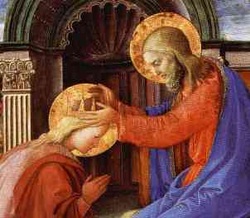
St. Peter Canisius the Priest
If we follow the writings of St. John of Damascus, St. Athanasius, and others, do these not oblige us to call Mary by the name of Queen, since her father David doth receive the highest praise in Scripture as a renowned king, and her Son as the King of kings and Lord of lords, reigning forever? She is Queen, moreover, when compared with the Saints who reign like kings in the heavenly kingdom, co-heirs with Christ, the great King, placed on the same throne with him, as saith the Scripture. And as Queen she is second to none of the elect, but in dignity is raised so high above both Angels and men that nothing can be higher or holier than she, who alone hath the same Son as God the Father, and who seeth above her only God and Christ, and below her all creatures other than herself.
The great Athanasius said clearly: Mary is not only the Mother of God, but also can truly be called Queen and Lady, since in the fact the Christ who was born of the Virgin Mother is God and Lord and also King. It is to this Queen, therefore, that the words of the Psalmist are applied: Upon thy right hand did stand the Queen in a vesture of gold. Thus Mary is rightly called Queen, not only of heaven, but also of the heavens, as the Mother of the King of Angels, and as the Bride and beloved of the King of the heavens. O Mary, most august Queen and most faithful Mother, to whom no one doth pray in vain who prayeth devoutly, and to whom all mortal men are bound by the enduring memory of so many benefits, again and again reverently do I beseech thee to accept and be pleased with every evidence of my devotion towards thee, to value the poor gift I offer according to the zeal with which it is offered, and to recommend it to thine all-powerful Son.
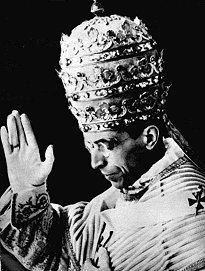
11 October 1954
From the documents of ancient Christianity, from the prayers of the liturgy, from the innate religious sense of the Christian people, from works of art, from all sides we gather witness which assert that the Virgin Mother of God doth excel in queenly dignity. And we have set forth the reasons which sacred theology deducible from the treasury of divine faith to confirm the same truth. All these witnesses form a chorus as it were, proclaiming far and wide the supreme queenly honour granted to the Mother of God and man, who is above all exalted over the choirs of Angels to reign in heaven. Thus it is that after mature and thoughtful consideration we have been persuaded that great benefits would flow to the Church if, like a light that doth illumine more brightly when placed in its stand, this solidly proven truth were to shine out more clearly to all; and so, by Our Apostolic Authority, we decree and institute the Feast of Mary, Queen, which is to be celebrated every year on the thirty-first day of May throughout the world.
